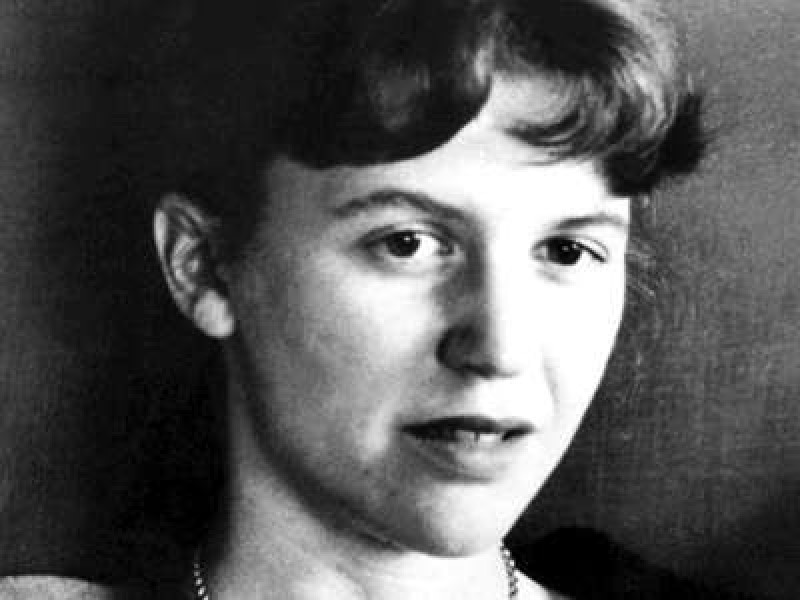
Sylvia Plath, whose one novel and two collections of poetry were received far better posthumously than when she was still alive, was a prolific and determined writer often overshadowed by her husband and her own gnawing sense of impending doom.
An outstanding student, she excelled during her time at Smith College and was awarded the position of guest editor at Mademoiselle magazine in New York City the summer after her third year. However, her time at the university was unceremoniously punctuated by a failed suicide attempt, when her plan to ingest a bottle of her mother’s sleeping pills did not pan out. After receiving electric shock treatment, she graduated from Smith summa cum laude and went on to win the coveted Fulbright Scholarship to study in Cambridge.
Plath met the poet Ted Hughes while in London, and the two were married a few months later. The marriage was a tumultuous one, rife with Hughes’ affairs and Plath’s bouts of depression, and her mental health deteriorated steadily, even while they started a family together.
Arguably, it was when she struggled the most that her best work was produced. After finding out about the affair that would finally pull the plug on her marriage, Plath moved out of Hughes’ house with her children and began a several-months-long streak of inspiration that produced much of her most enduring work, found in the poetry collection “Ariel.” Her poems centered around motherhood and death, which seemed to be the two primary focuses of her short life.
The writer A. Alvarez noted that Plath made “poetry and death inseparable. The one could not exist without the other… In a curious way, the poems read as though they were written posthumously.” Plath had a knack of straddling both realms, and made the final leap to the other side at the age of 30, when she stuck her head in a gas oven, asphyxiating herself. Plath is likely remembered for death more than anything else—for her own, or her countless portrayals and whispers of it on the page. She ushered in a bold, brazen, frenetic way of writing that embraced the “mad woman in the attic” trope rather than upended it and opened the doors to more frank discussions of mental illness.
